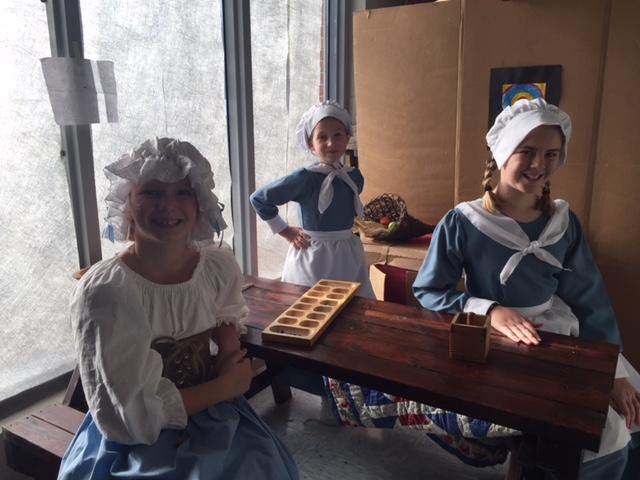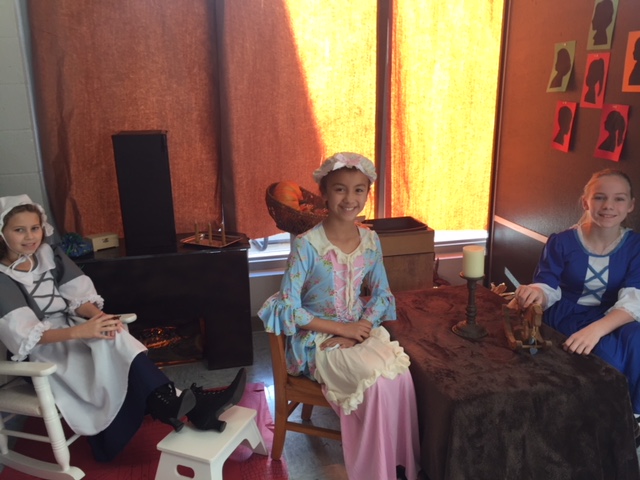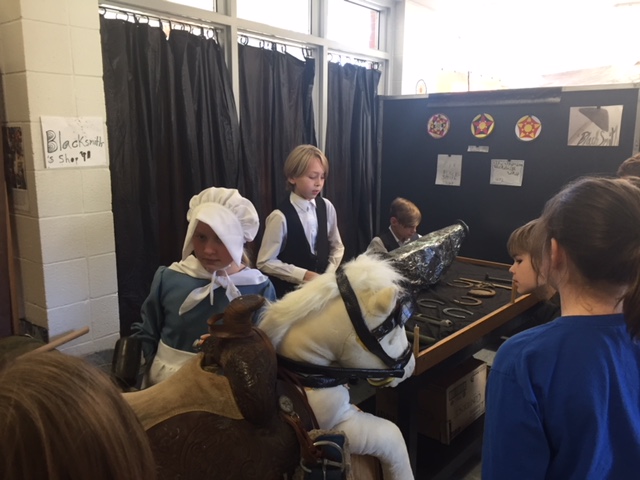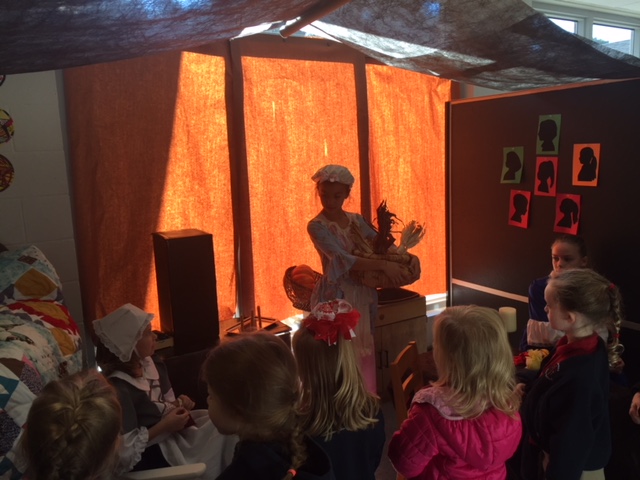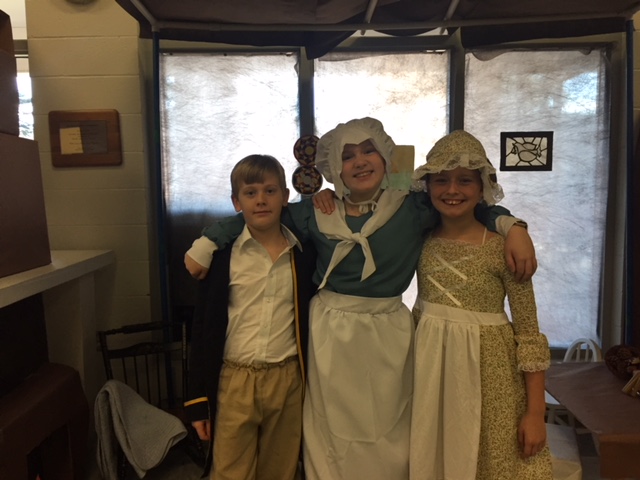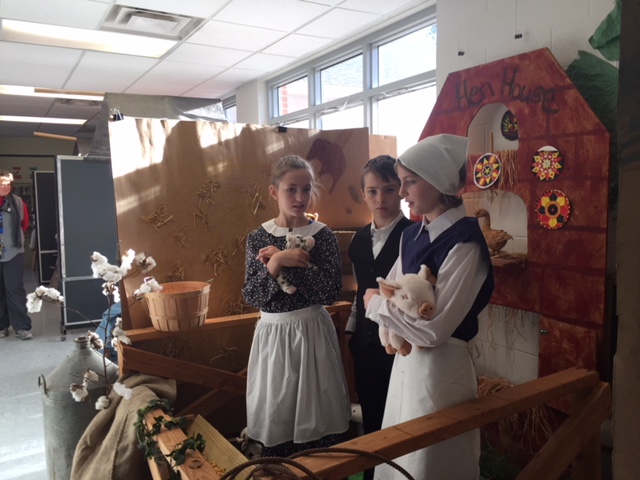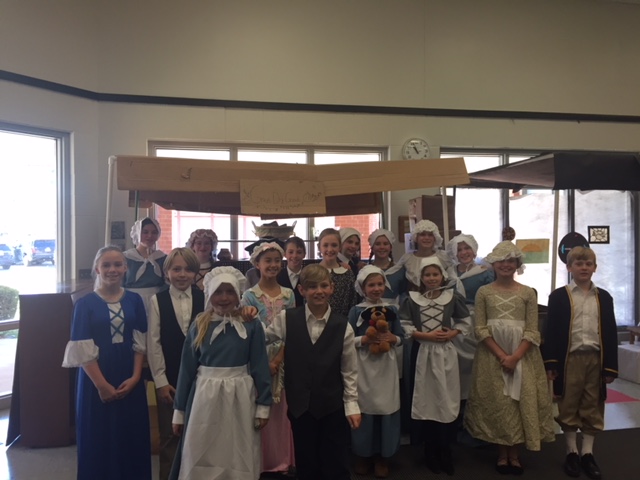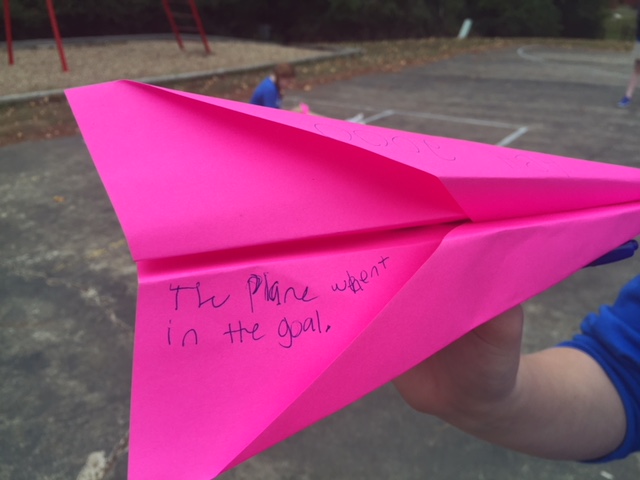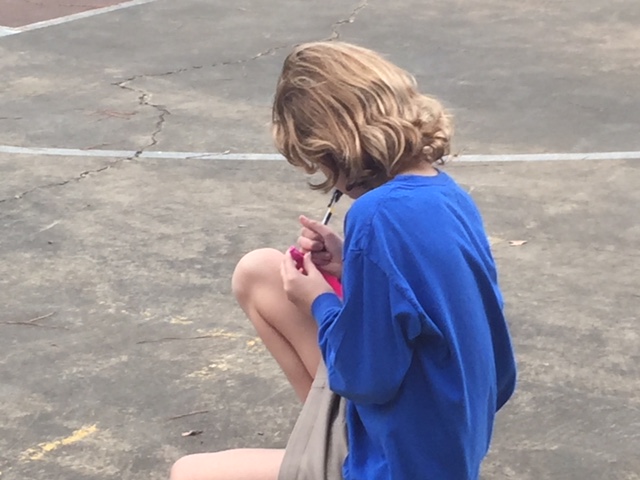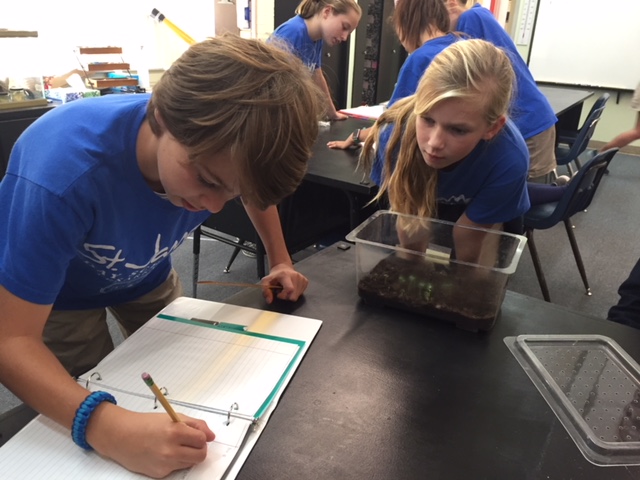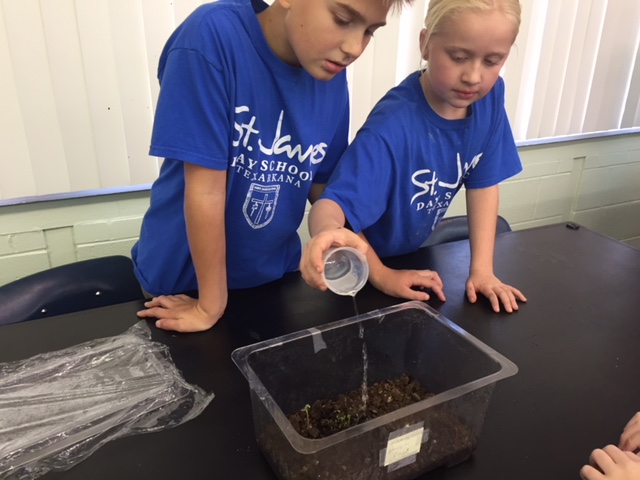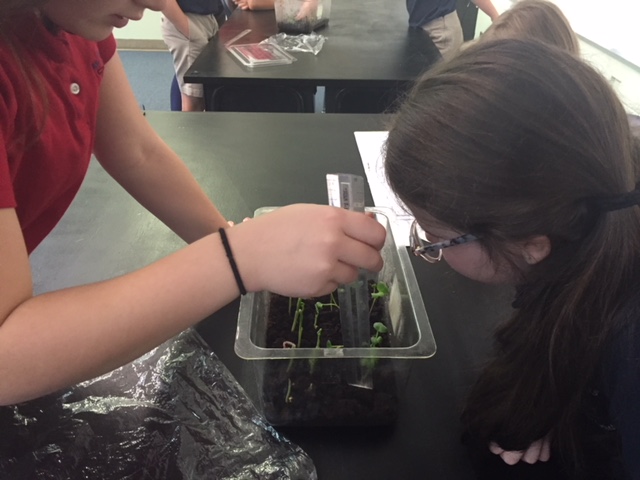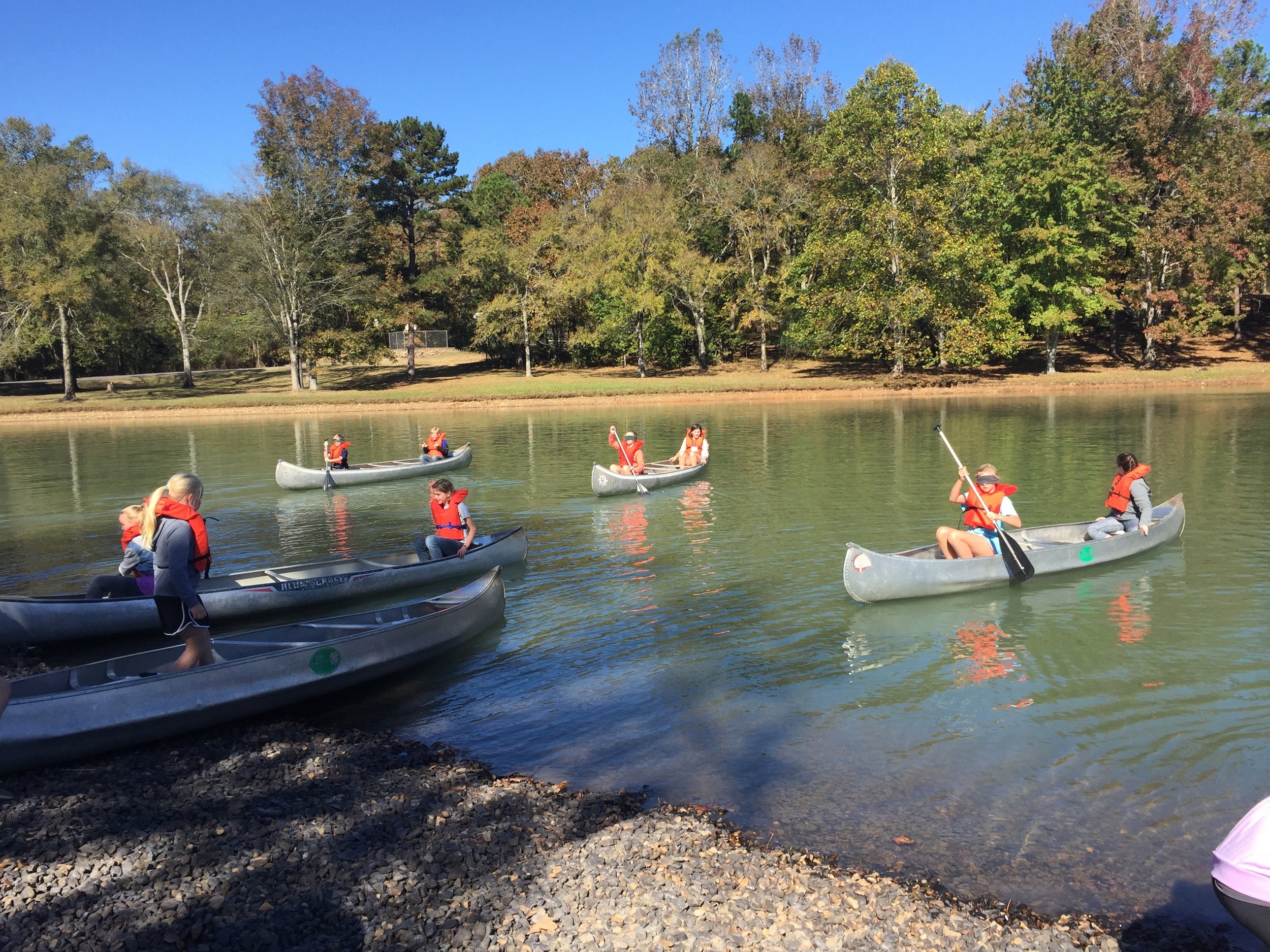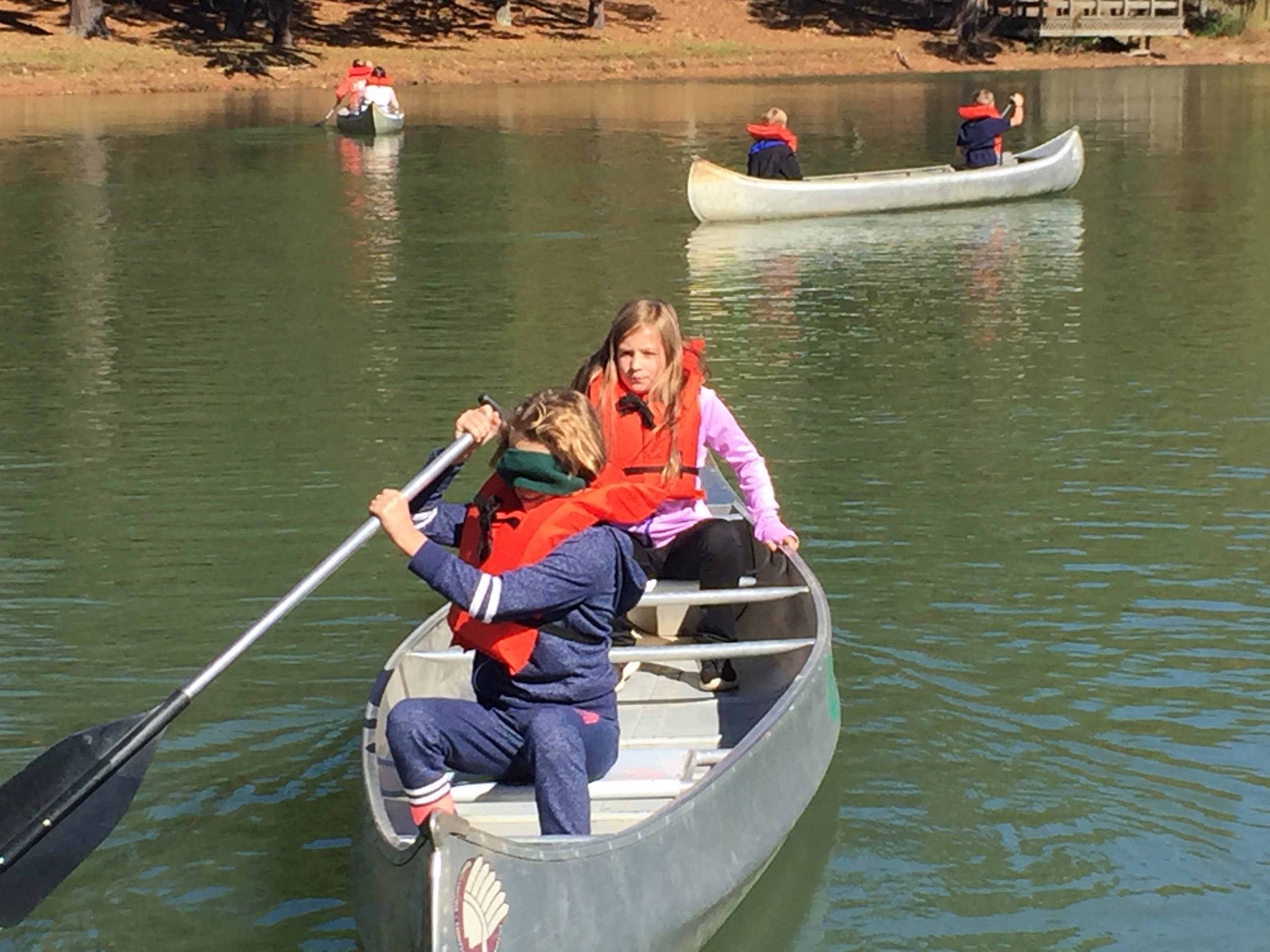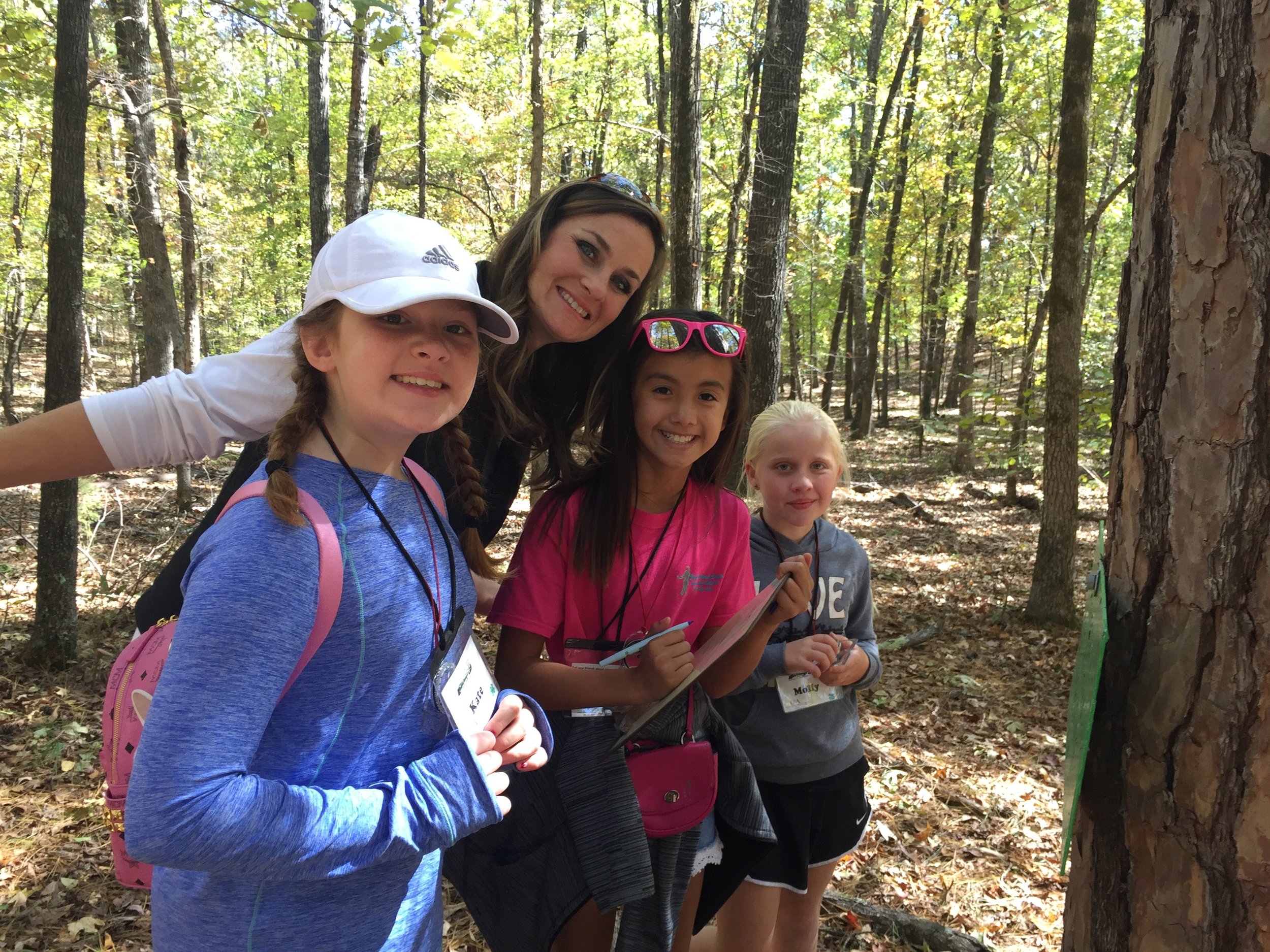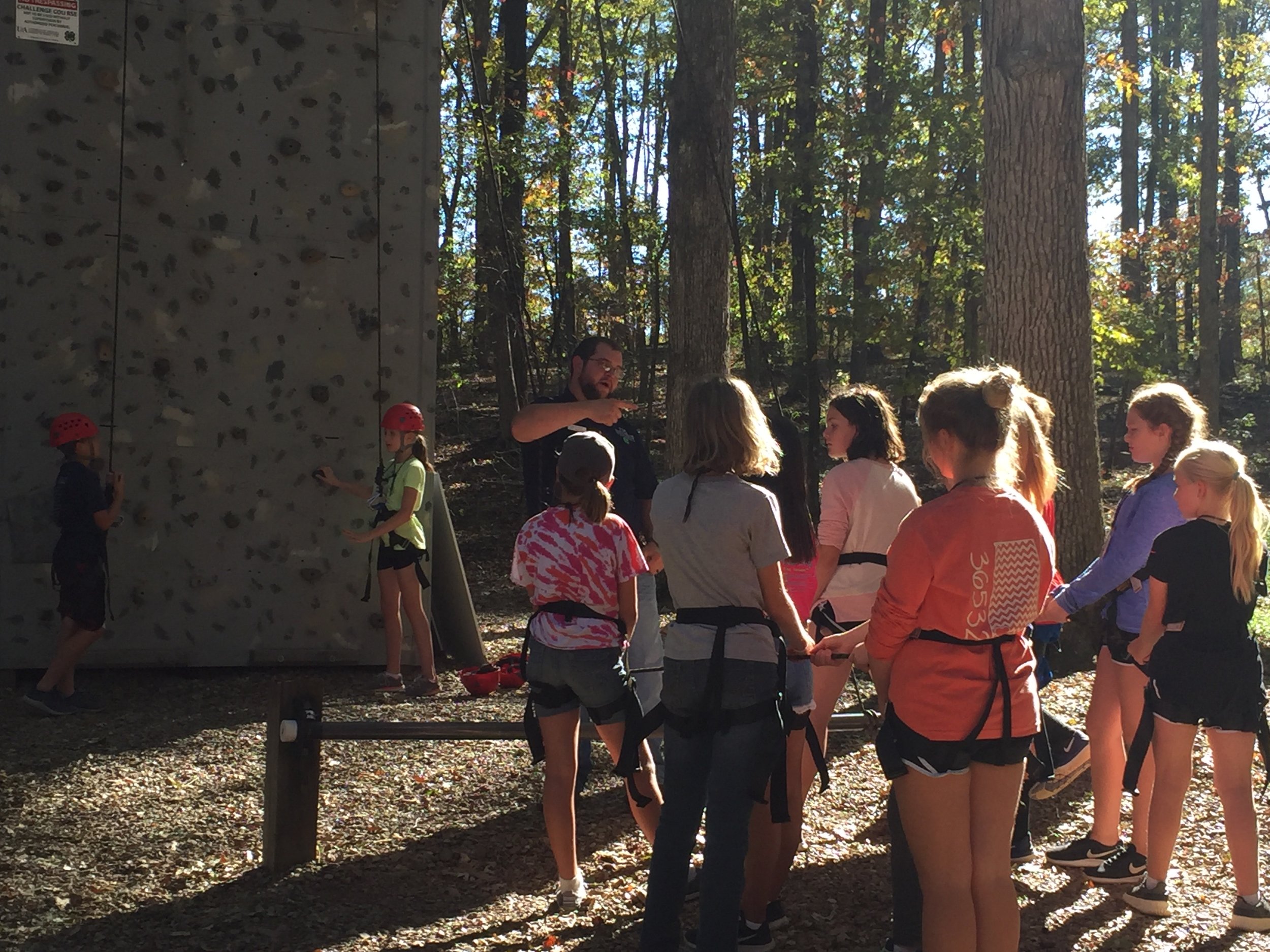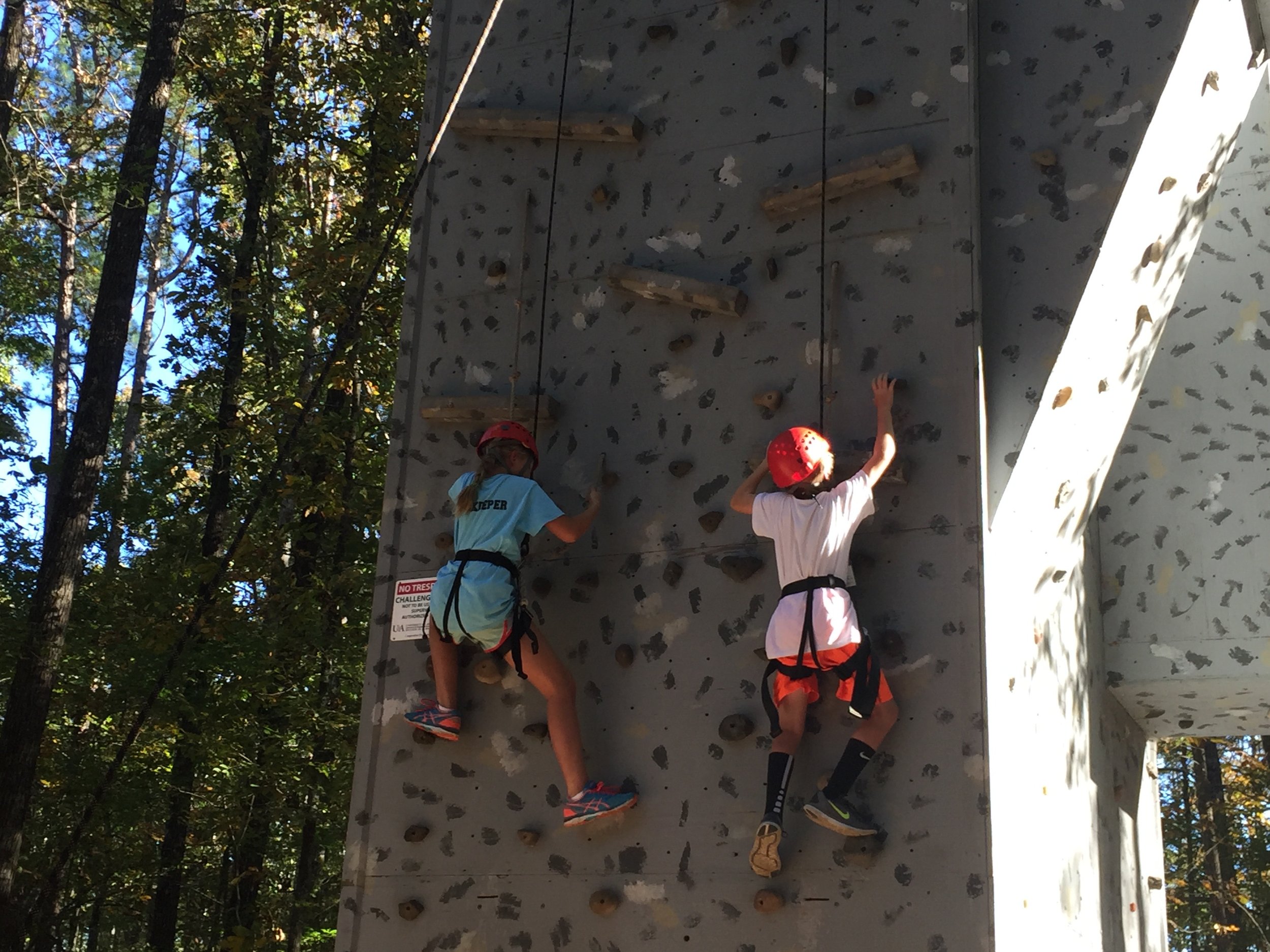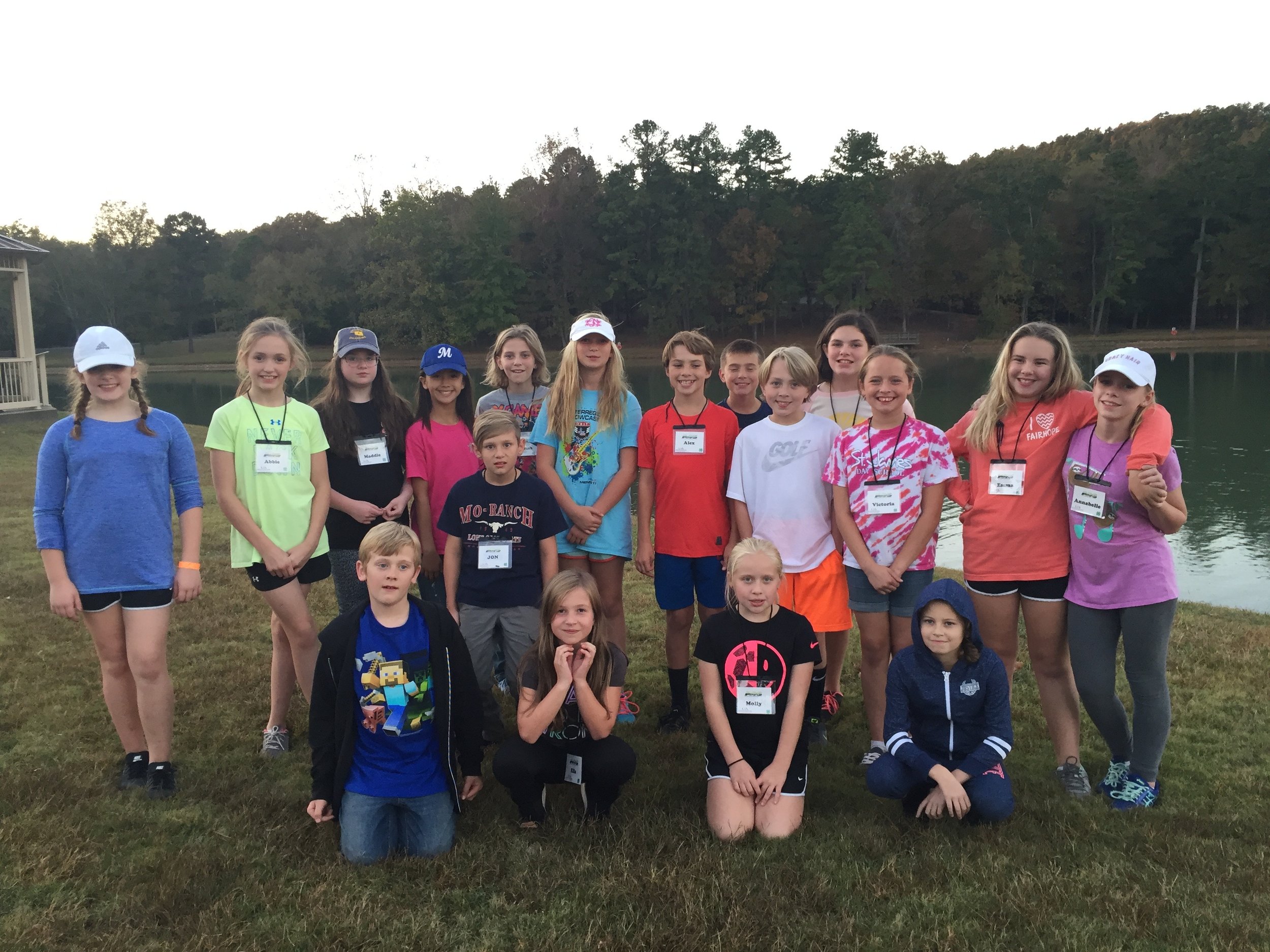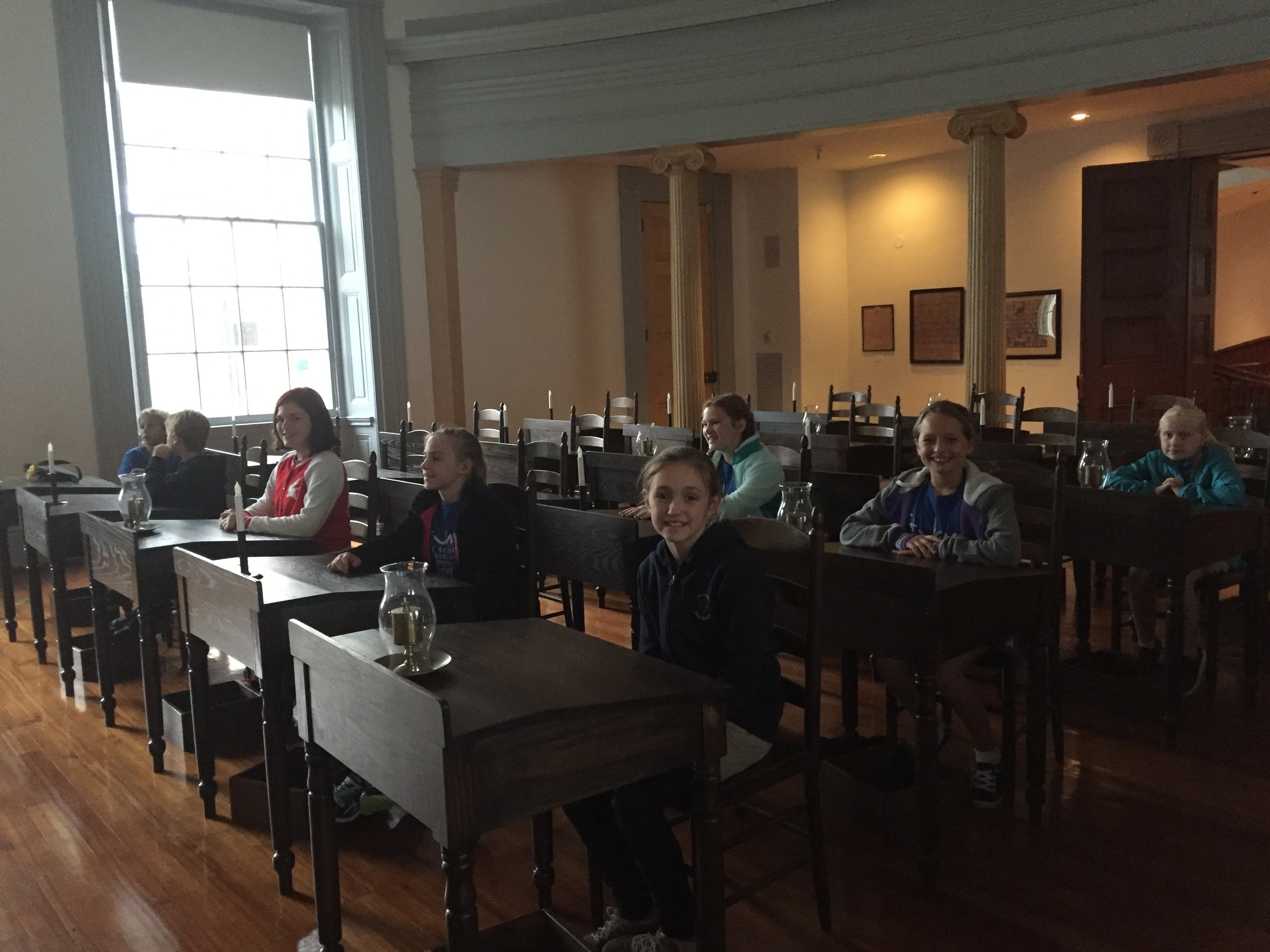Our third annual Colonial Living History project on Friday, December 8 was a great success. This project is our most interactive one of the fifth grade year, as it incorporates learning goals from several subjects. Students begin their project with close reading passages about the thirteen colonies divided by region (New England, Middle, and Southern colonies). These passages enable students to engage deeply with the topics by reading the information twice, then paraphrasing it, and finally analyzing it. Students are then assigned to one of the three regions to delve further and actually become colonists for four weeks. During this time period, each group chooses a colony to represent, researches specific subtopics of daily colonial life, and then designs and builds two rooms to showcase a colonial business and home. Students also decide who will "work" which room, giving themselves names and roles within a family. These activities strengthen not only research and note taking abilities, but also cooperative learning skills because the students must work with each other to share their roles equally. We then add cross-curricular lessons into the project-- a historically accurate journal entry from the perspective of each colonist (Language Arts), small corn, barley, radish, and pea plants grown from seed (Science), the study of physical changes in matter through colonial butter-making and candle-making (more Science), and practice in simplifying fractions through colonial quilt squares (Math). With the guidance of the wonderfully creative Ms. Denise, students must then build their own rooms. We use items all over the campus, borrowing rolling boards, tables, play kitchen cupboards, as well as cardboard and insulation pieces, to make realistic looking hearths and living spaces. Our businesses this year were a farm (Maryland), blacksmith shop (Pennsylvania), and dry goods store (Rhode Island). Students prepared short speeches to explain their family roles, and finally, on December 8, they honed their public speaking skills by presenting to their families and the other classes. These four weeks of mental and physical labor resulted in eighteen excited students who invested so much of themselves in this project. I hope that they will always remember this time because they were so actively engaged-- the best way to learn!
